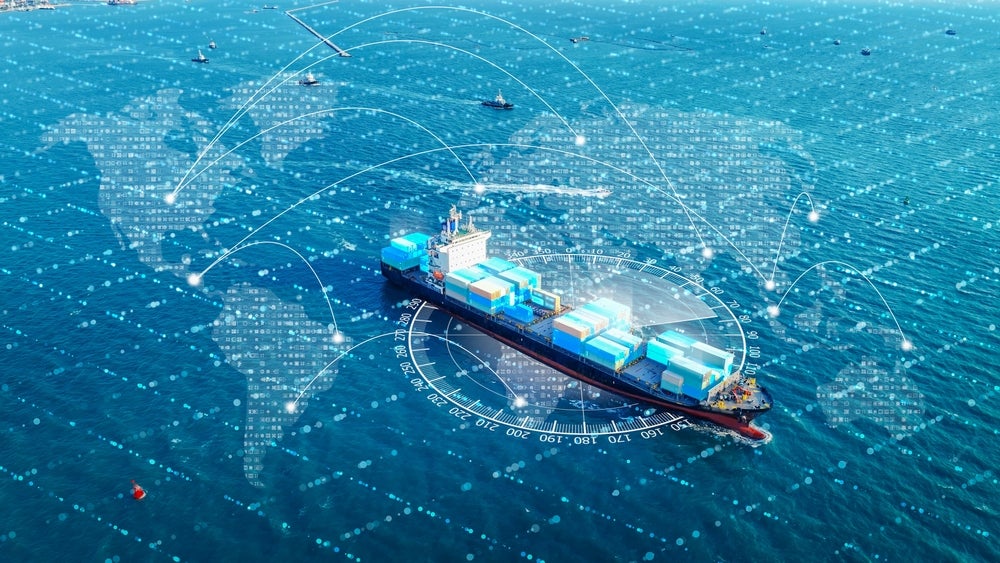Scania, a part of Volkswagen Truck & Bus, has launched a new range of marine engine, which is compliant with new International Maritime Organization (IMO) Tier III regulations currently applicable in North American and US Caribbean Emission Control Areas.
Developed on the basis of an in-house exhaust gas aftertreatment system, the new engine range has already been tried and tested to meet the new emission limits.
Scania claimed that its exhaust gas aftertreatment system reduces emissions of nitrogen oxides.
As per the new IMO Tier III regulations, which came into effect in January, the limit for nitrogen oxide emissions should range from 1.96g/kWh to 3.4g/kWh, depending on the engine’s maximum operating speed.
Scania engines marine classification manager Mats Fanspets said: “To reach these new emission levels, an exhaust gas aftertreatment system is necessary for the engine sizes Scania provide.”
The company noted that its selective catalytic reduction (SCR) system has been used in engines for both trucks and industrial applications.
How well do you really know your competitors?
Access the most comprehensive Company Profiles on the market, powered by GlobalData. Save hours of research. Gain competitive edge.

Thank you!
Your download email will arrive shortly
Not ready to buy yet? Download a free sample
We are confident about the unique quality of our Company Profiles. However, we want you to make the most beneficial decision for your business, so we offer a free sample that you can download by submitting the below form
By GlobalDataDeveloped as part of its current modular system, Scania’s IMO Tier III-compliant engine solutions have been used in various applications, including auxiliary engines.
Additionally, the solutions can be used with propulsion engines, as well as auxiliary and propulsion engines for vessels operating on inland waterways with low emission requirements.
Scania’s aftertreatment system, which includes the SCR catalyst, a customised exhaust system, an evaporator for mixing urea and exhaust gas, and a three-way safety valve, is available for use in its 13l and 16l marine engines.
Scania currently has a service network of more than 1,900 outlets worldwide to support customers.







